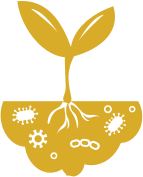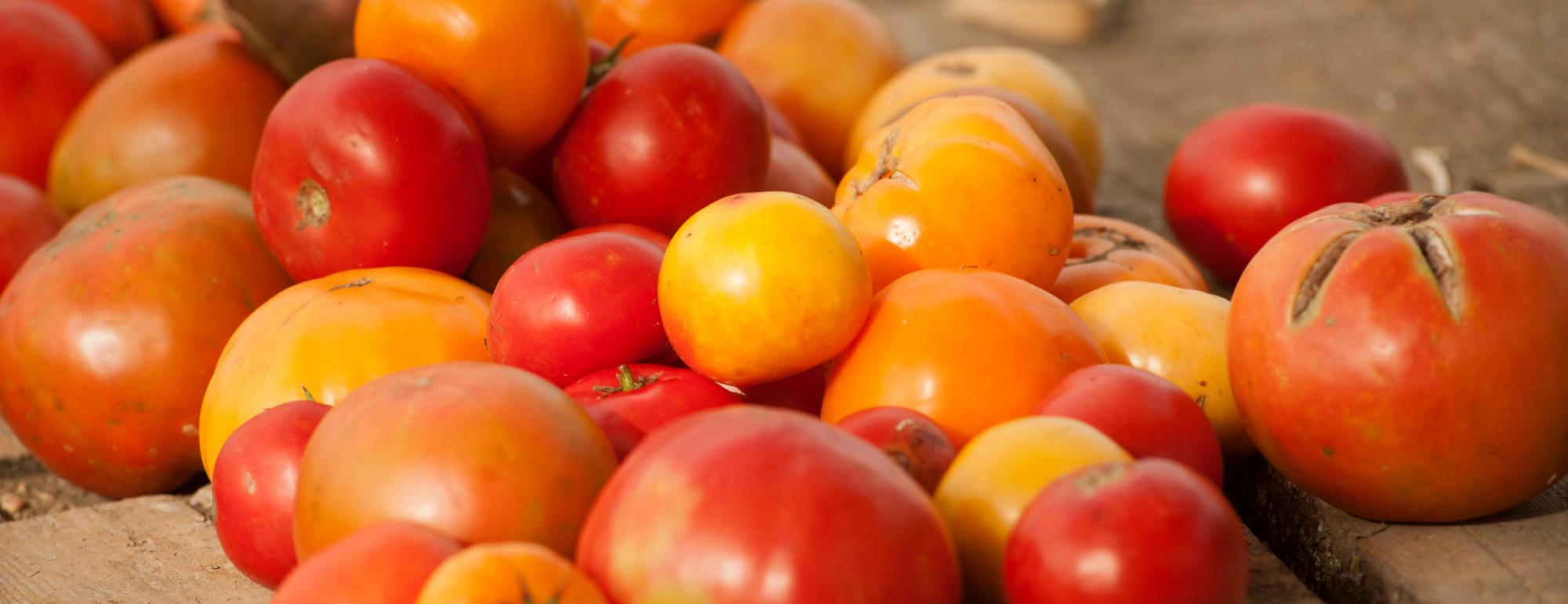The field of agroecology explores how the living ecosystems on farm fields can be stewarded to
benefit the environment, economy, and human health.
Our agroecology research strives to address major issues facing California agriculture
|
Water |
|
|
Air |
|
|
Soil |
|
|
Energy |
|
We study how agricultural ecosystems can be encouraged to thrive. Broadly, we work on:
 Above-Ground Diversity
Above-Ground Diversity
By growing a variety of crops or integrating crops and livestock on the same farm, farmers spread economic risk and are less susceptible to the radical price fluctuations associated with changes in supply and demand. Properly managed, research suggests diversity can also buffer a farm in a biological sense by suppressing weeds, pathogens, and pests and holding soil, nutrients, and water in place.
 Managing the Soil
Managing the Soil
A common philosophy among sustainable agriculture practitioners is that a "healthy" soil is a key component of sustainability: the soil is viewed as a fragile and living medium that must be protected and nurtured to ensure its long-term productivity and stability. Research indicates practices that improve soil health can benefit crop yields, nutrient-use efficiency, water quality, and carbon sequestration.
 Efficient Use of Inputs
Efficient Use of Inputs
Many inputs and practices used by conventional farmers are also used in sustainable agriculture. Sustainable farmers, however, maximize reliance on natural, renewable, and on-farm inputs. The goal is to develop efficient, biological systems which do not need high levels of material inputs.



